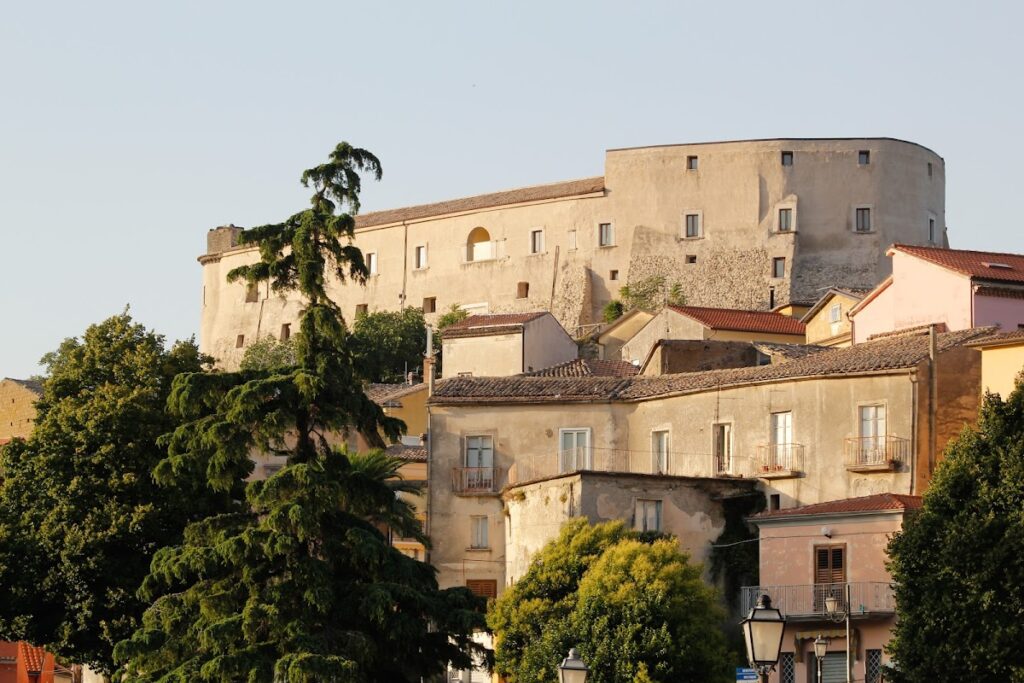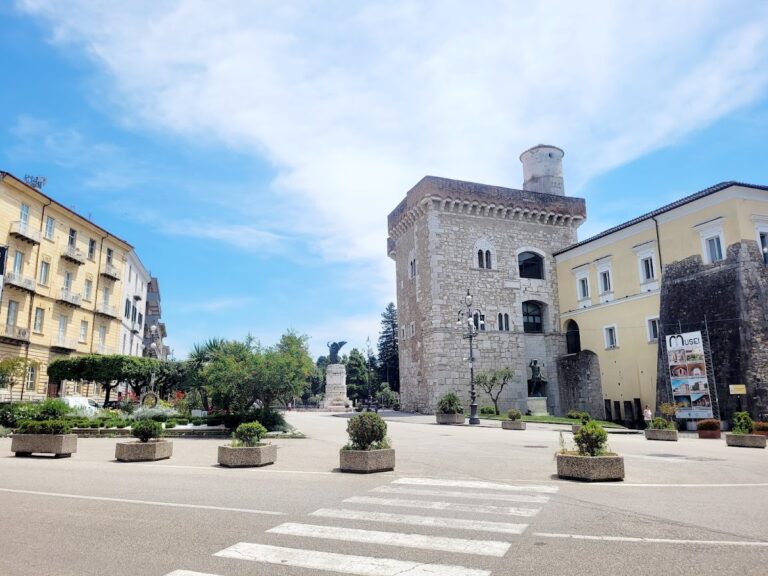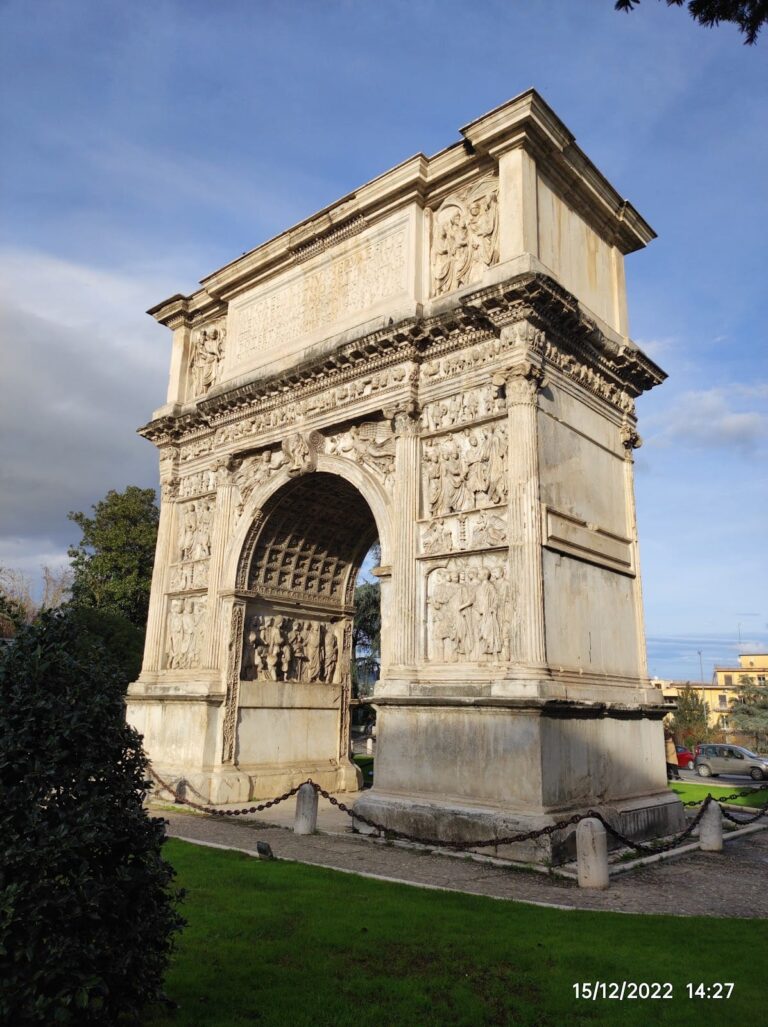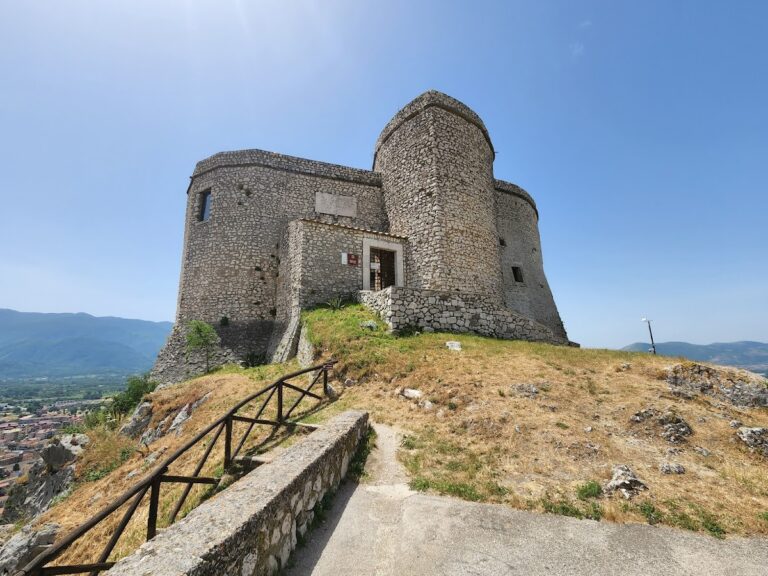Castle of Ceppaloni: A Norman Fortress and Barony in Italy
Visitor Information
Google Rating: 4.3
Popularity: Very Low
Google Maps: View on Google Maps
Official Website: www.comune.ceppaloni.bn.it
Country: Italy
Civilization: Unclassified
Remains: Military
History
The Castle of Ceppaloni is located in the municipality of Ceppaloni in Italy and was built during the Norman period in the second half of the 11th century. Its earliest recorded lord was Raone II di Fraineta in the early 12th century. Although there is a suggestion that an earlier Roman or Lombard fortification might have occupied the site, archaeological confirmation for this remains absent.
During the early 1100s, the castle held a strategic position overlooking the Sabato river valley and controlled a vital passage on the ancient road connecting Benevento to Salerno. At that time, the area was a borderland between the Kingdom of Naples and the Papal States, which governed Benevento from 1077 until 1860 with some interruptions. Raone II di Fraineta used the castle as a base for attacks against Benevento, leading to Pope Honorius II staying there in 1128 and ordering the sack of the city. Subsequently, in retaliation backed by King Roger II, the citizens of Benevento destroyed the castle. Roger II then rebuilt and reinforced the fortress, visiting the settlement known then as Cepparunum.
In the early 13th century, the castle again became a focal point amid conflicts between Emperor Frederick II and the Papacy. The inhabitants of Benevento occupied the castle until Frederick’s return in 1220. In 1229, during Frederick’s crusade absence, papal and allied Guelph forces burned the structure, but the emperor recaptured it by force upon his return.
During the Angevin period, the castle retained its military importance and was overseen by a castellan appointed by the royal court. The fief included royal lands as well as areas granted to soldiers of French origin. In the following centuries, under Aragonese influence, the castle featured in local power struggles. In 1437, King Alfonso V of Aragon stayed at the castle as a guest of the condottiere Francesco Orsini. Later, under Giacomo Antonio della Marra, the site became a stronghold for the Angevin faction supporting René I of Anjou. Royal Aragonese troops camped nearby in 1460 and 1461 to maintain control over the surrounding territory and the nearby Via Appia.
In 1534, Emperor Charles V granted the castle and its lands to Don Rodrigo d’Avalos, who took up residence there. The estate remained in his family until 1576, when it was sold to the Cosso (also known as Coscia) family, mainly based in Sant’Agata de’ Goti. From 1605 to 1623, Giovan Tommaso Cosso, related to the Duke of Sant’Agata, lived in the castle.
By 1634, Fabio de Lagonessa, Archbishop of Conza and Patriarch of Antioch, acquired the castle and restored it, residing there permanently. The della Leonessa family continued to occupy the residence, including Don Vincenzo, the first Duke of Ceppaloni, and Geronimo, connected through marriage to the Carafa family, prominent local nobility.
Although transformed into a baronial palace, the castle was largely abandoned after a damaging earthquake in 1688. Following this event, only caretakers and occasionally governors lived on-site, and the della Leonessa family relocated their main residence to Naples by around 1740. The castle served as the location for the Curia office, which was the baronial court administering justice under feudal law. The governor who resided at the castle also acted as the judge, and the structure included the prison used during this period. After feudalism was abolished in 1806, these judicial roles ceased and the castle’s significance declined throughout the 19th century.
In the early 20th century, the castle was sold by Baroness Donna Maria Argentina Pignatelli della Leonessa in Carelli to various local owners who divided the property into apartments. The municipality now owns the castle and has nearly completed restoration work.
Remains
The Castle of Ceppaloni is positioned atop the ridge that hosts the town itself, with its defensive walls closely following the natural contours of the cliff. The overall shape of the fortress is roughly triangular, featuring gently rounded corners that enclose an inner courtyard mirroring this triangular plan.
Between the outer curtain wall and the courtyard are the castle’s main buildings, which stand two stories high. The foundations reveal a complex construction history, showing traces of numerous alterations and expansions over the nine centuries of its existence.
The castle retains much of its original Norman-era layout, though it underwent significant structural modifications, particularly to its towers, in later periods. Initially, the fortress was guarded by several circular towers typical of Norman military architecture. Today, only the tower at the northwest corner survives, notable also for its position near what originally served as the main entrance. This gate, situated close to the edge of the cliff, followed a defensive design that placed castle entrances behind a bend in the approach road, enhancing security by limiting direct access.
As military demands decreased, the original entrance was closed off, and a new one was created on the southwest side of the fortress. This change reflects the castle’s gradual transition from a purely defensive stronghold to a residence with administrative and noble functions.
By the 16th century, the castle had evolved further toward functioning as a baronial palace. Inside its walls, it contained offices for the baronial court, including administrative spaces and a prison used during the feudal era to hold those awaiting justice. These features emphasize the castle’s role not only as a defensive position but also as a center of local governance.
Today, the structure stands largely restored, with its ancient walls, remaining tower, and inner courtyard providing tangible evidence of its long and complex history. The castle’s layout and surviving elements continue to reflect the successive phases of military, residential, and administrative use documented over nearly a millennium.










